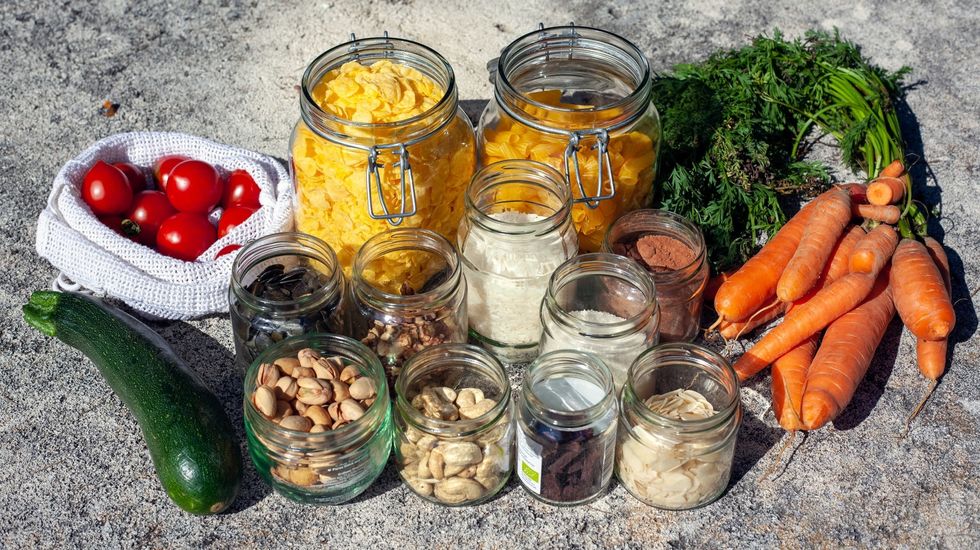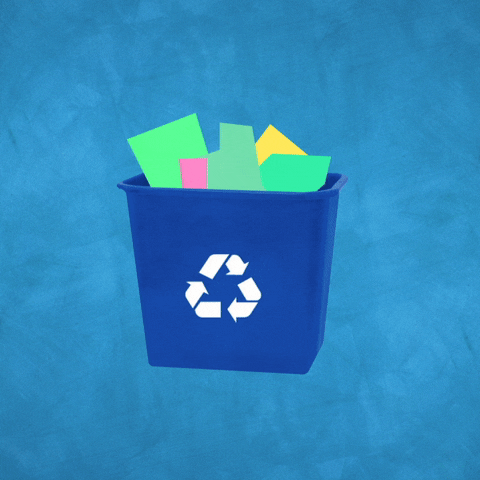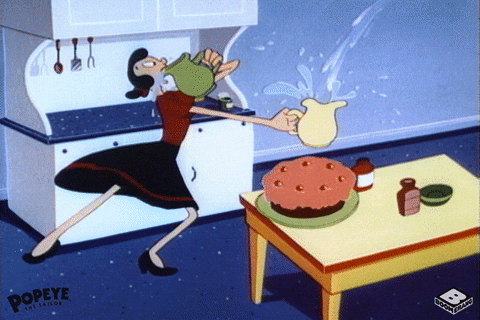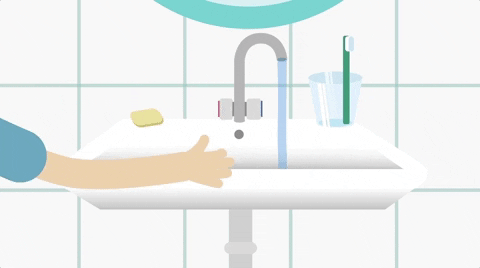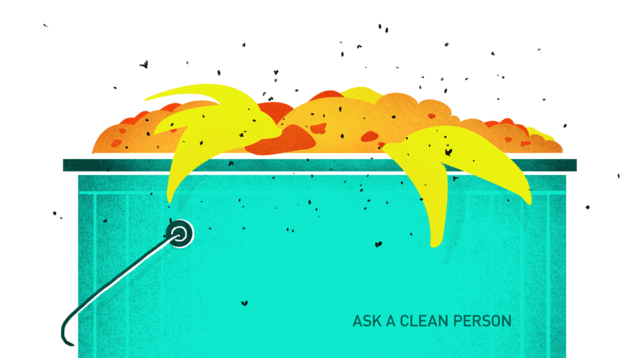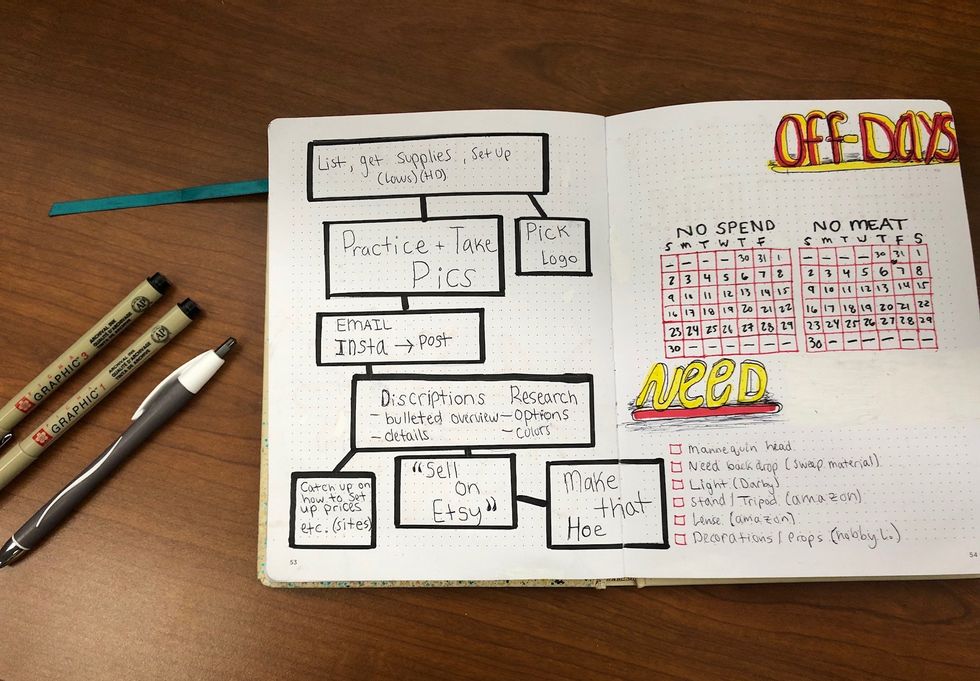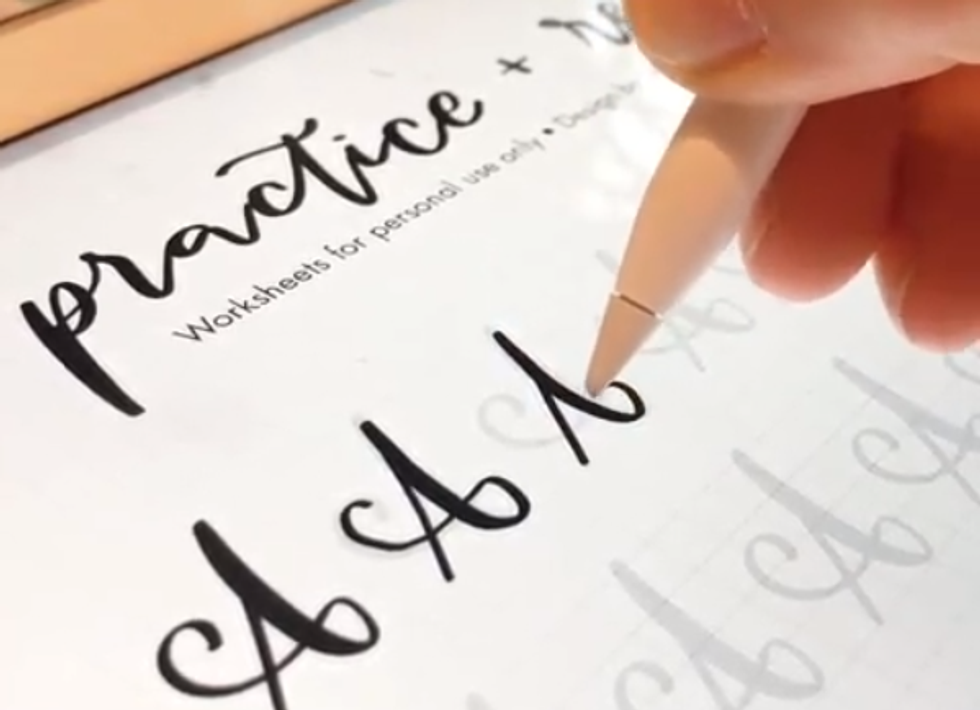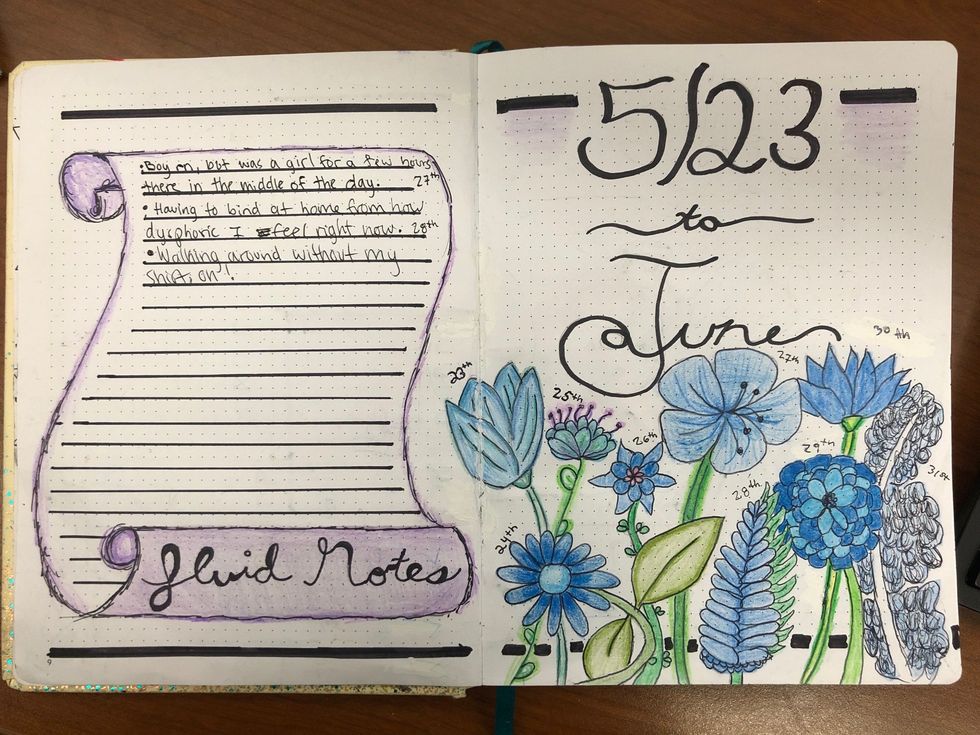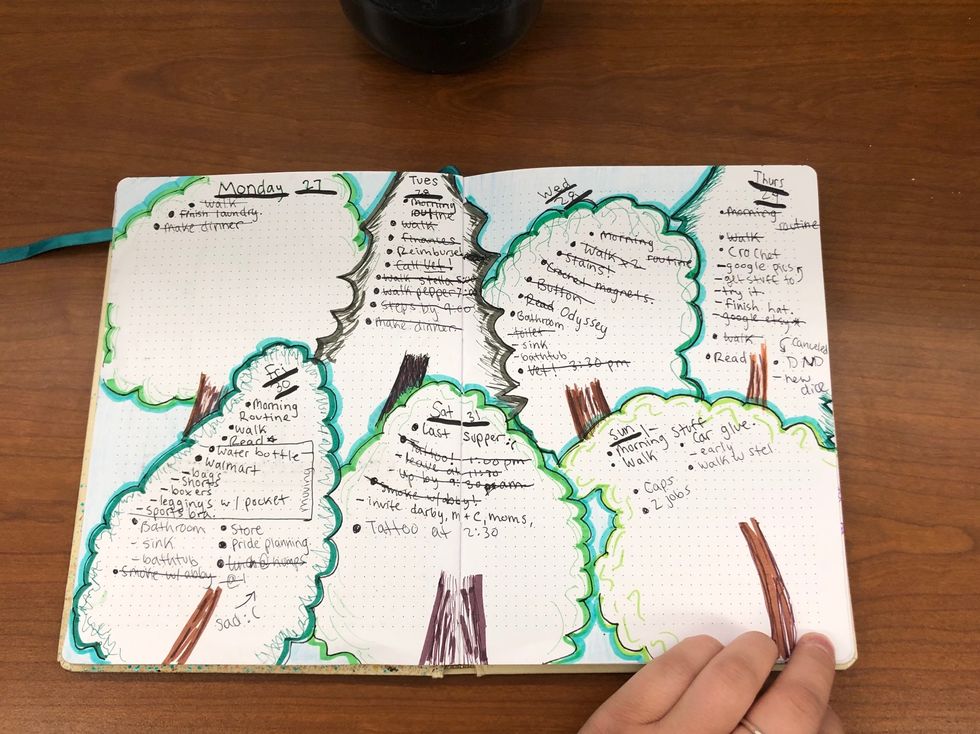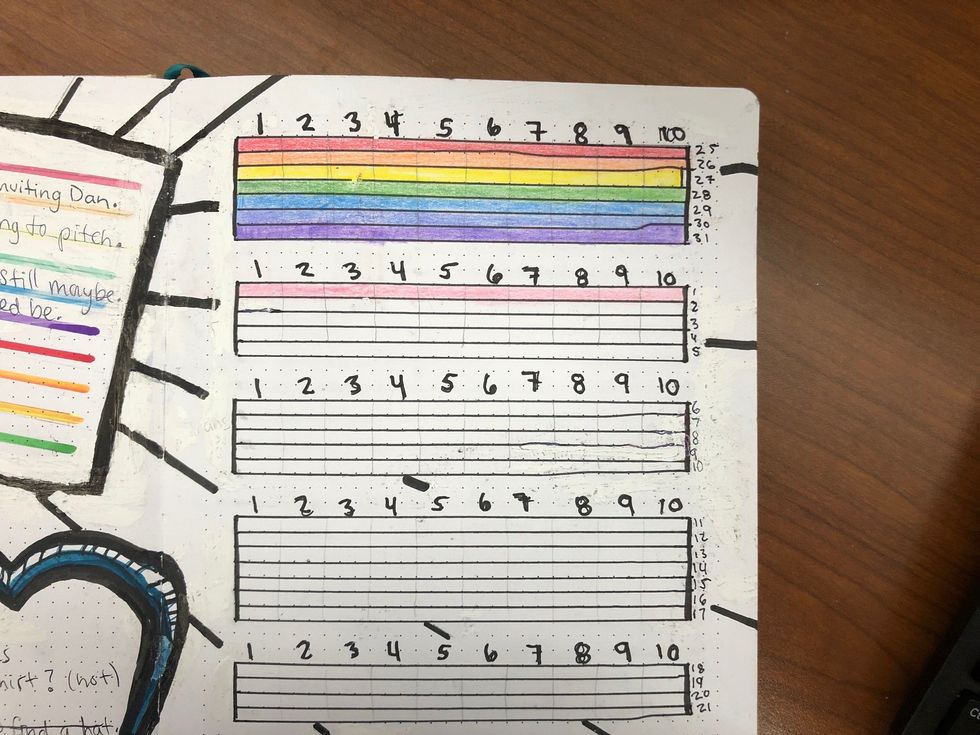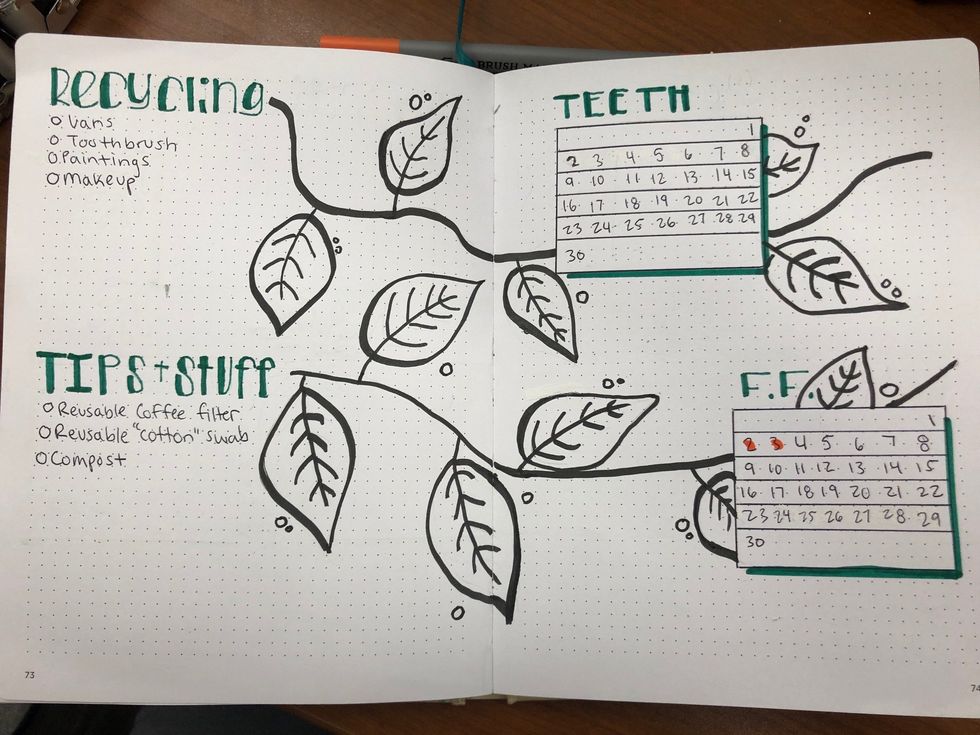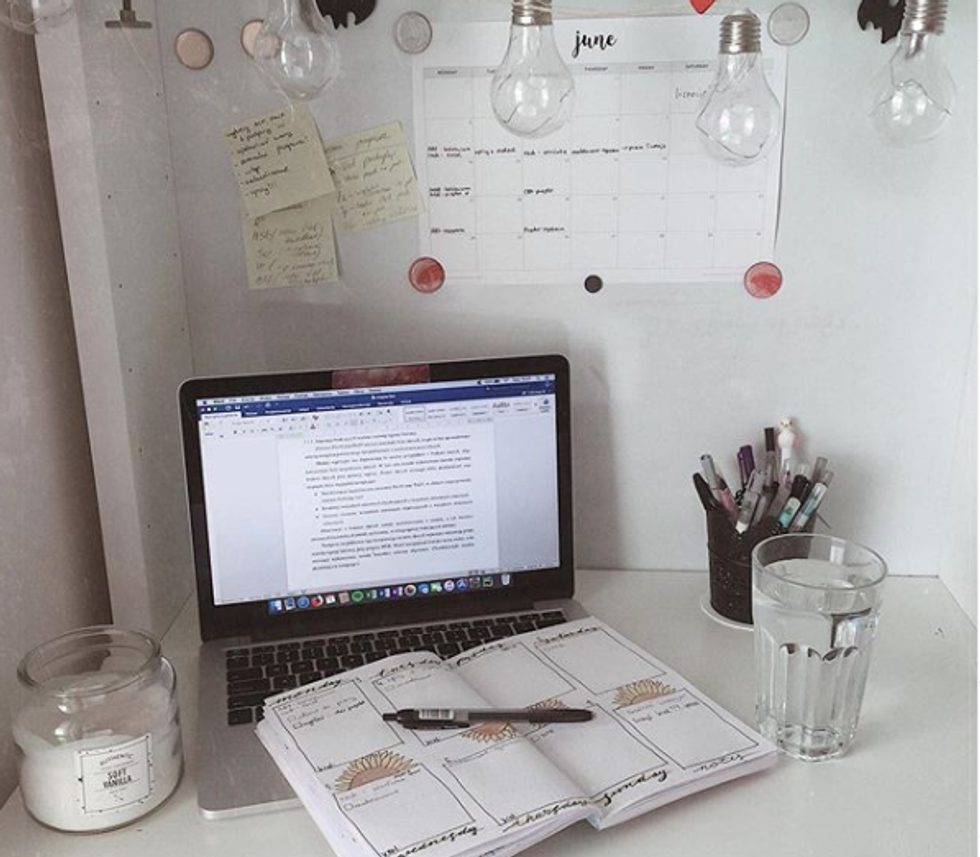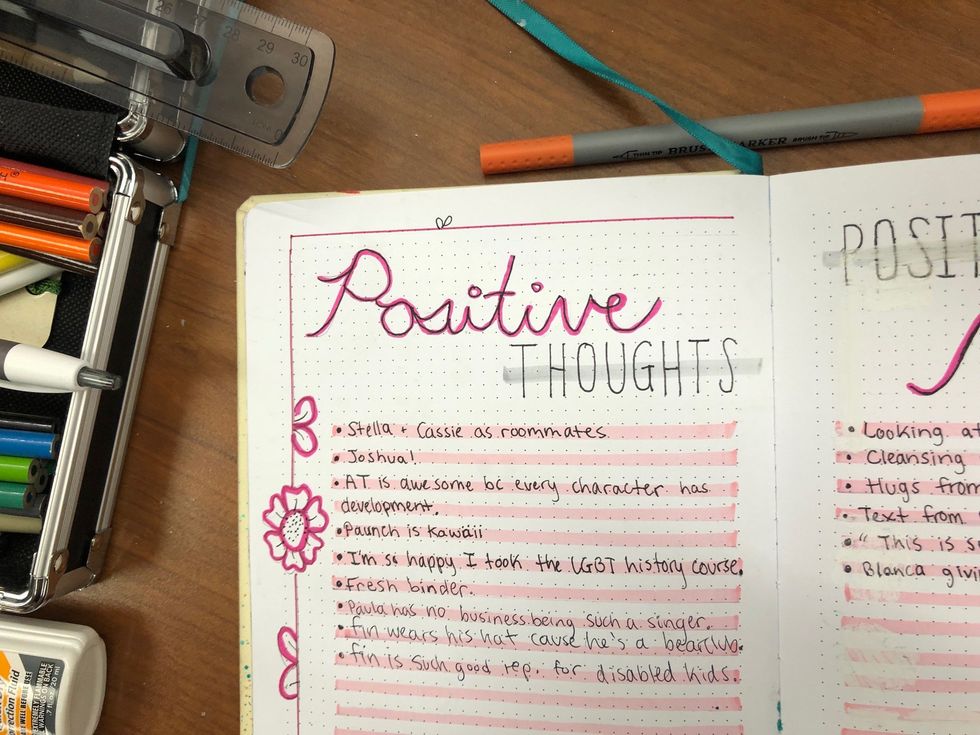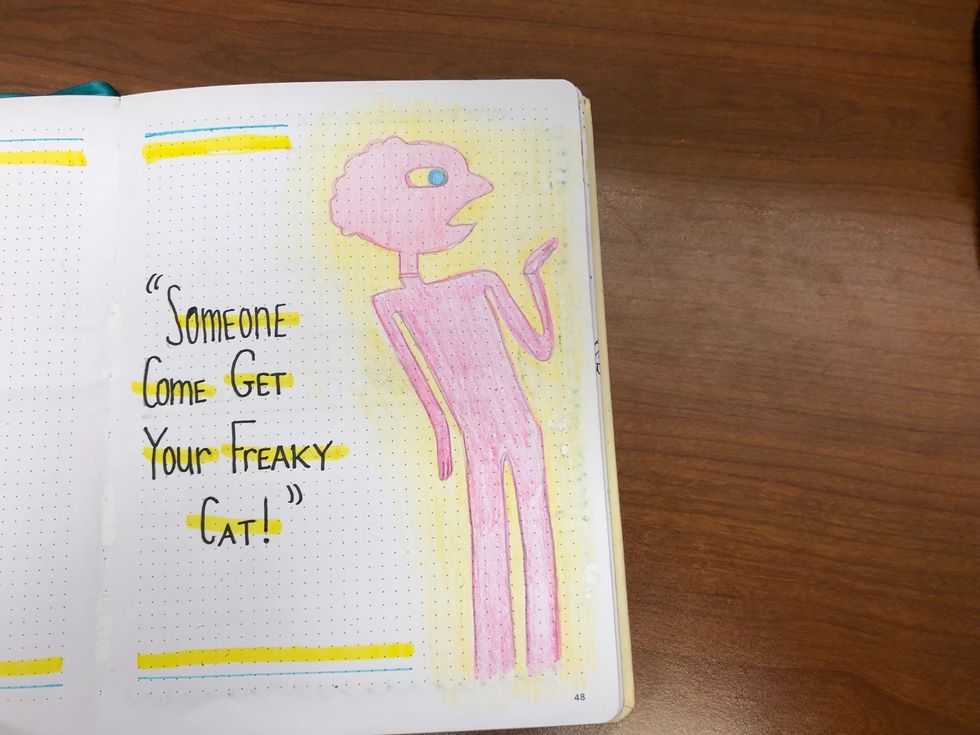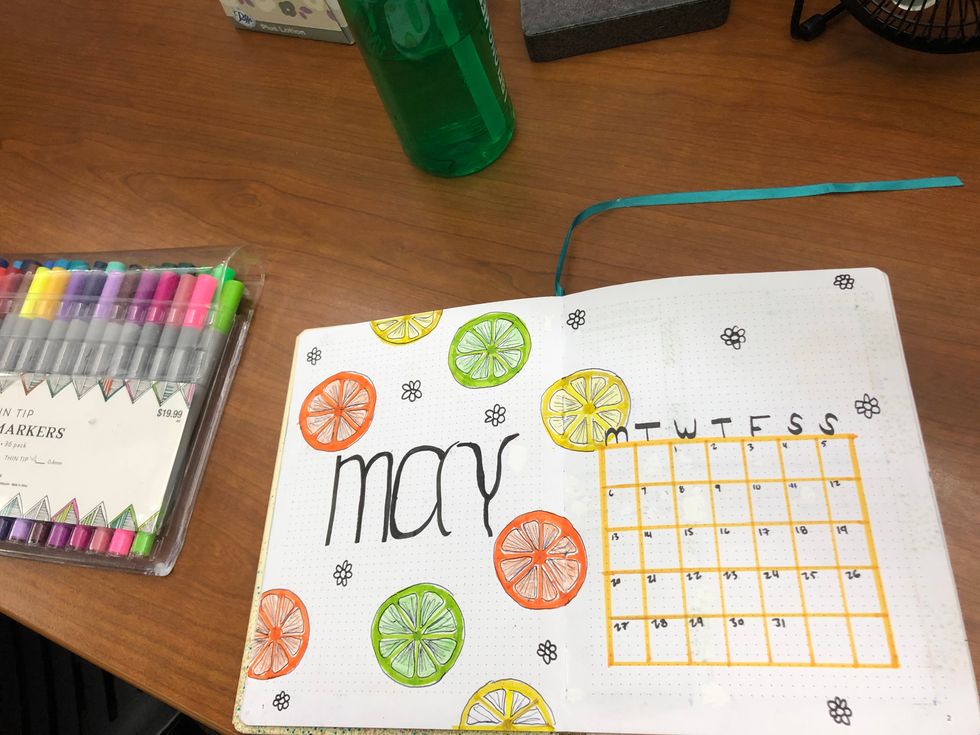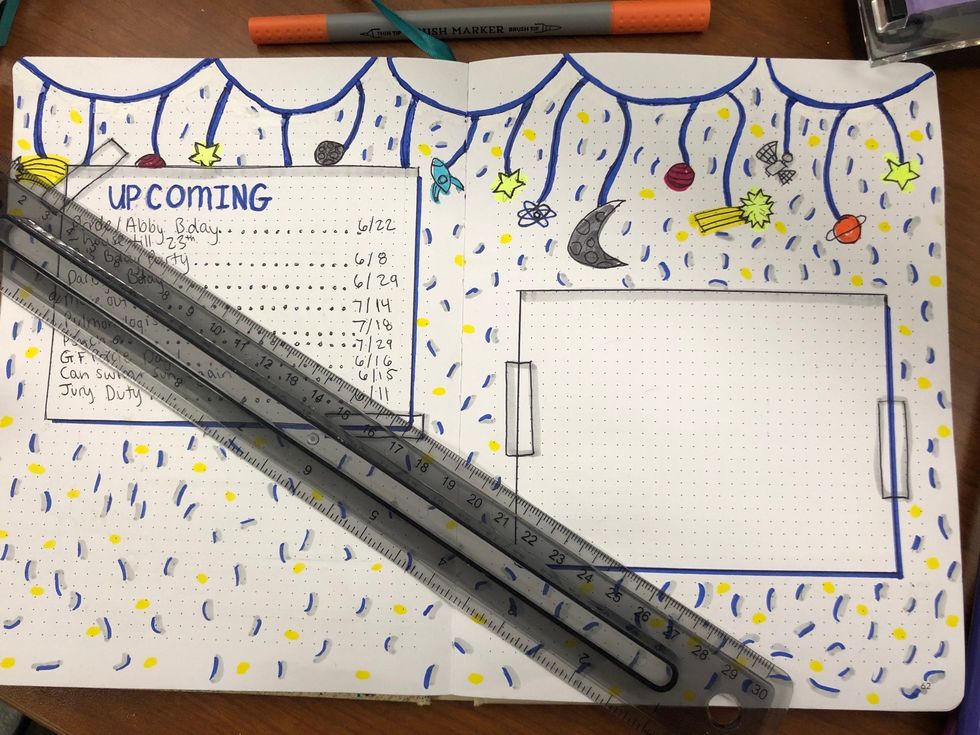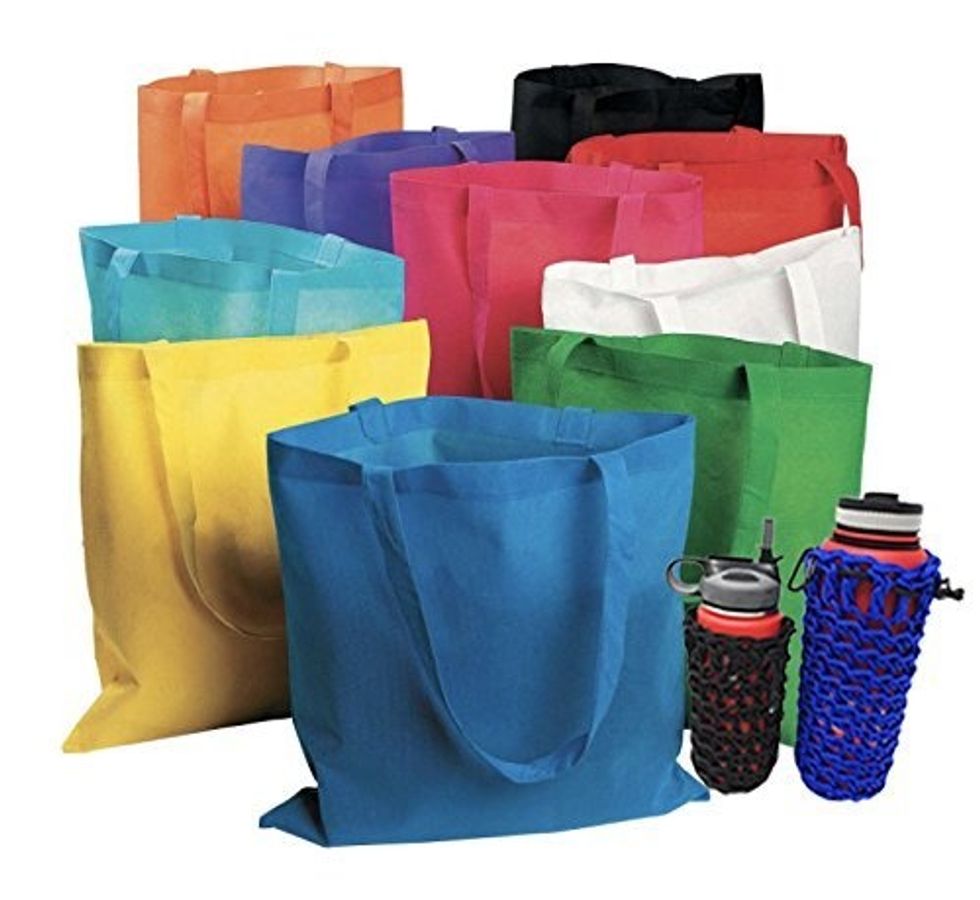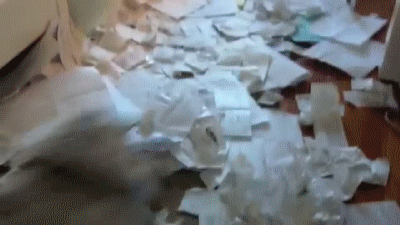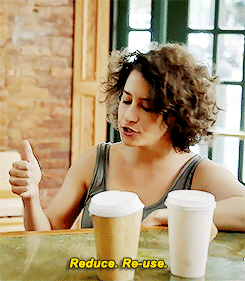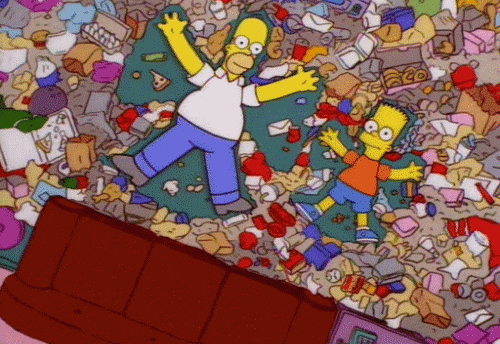Moving towards zero-waste lifestyle tips 2022
It seems that not a day goes by without bad news regarding the environment. And considering the number of problems being reported, it's easy to feel worthless and discouraged. But, there is a way to address this situation where everyone can work to reduce their impact on the planet's resources, which involves raising awareness towards a zero-waste lifestyle.
What does the Zero Waste lifestyle mean?
Modern society is a huge consumer of resources, whether through food waste, unnecessary packaging, or excessive energy use. Taking a zero-waste approach means looking at every area of your daily life and considering if there is a way to make it more affordable. The idea is that although each step may seem small, the results together can be huge – and tend to grow if more people are involved.
Essential first steps
Moving towards Home Zero Waste is a project that is constantly growing and developing, but to start practicing it should not be seen as a big obstacle in daily life. The following are three changes that can be made that will have an immediate impact on carbon footprints and can serve as a foundation for building a long-term approach.
Use glass jars
Glass jars are a great way to store dry kitchen items. They are more eye-catching than sealed bags and Tupperware containers and can be reused many times. They can also be taken to grocery stores in bulk, avoiding the use of an extra bag. Look in the most economical stores for the cheapest glass jars or, better yet, reuse mayonnaise, jam, or other jars, instead of throwing them away.
Use shopping bags
Reusable cloth bags can help reduce the billions of paper and plastic bags that are used and discarded each year. They don't cost much and can last for years if they are treated well and washed carefully. And for zero waste, you can make your own bags using fabric from old t-shirts or sheets.
Prioritize reusable items
Many everyday items can be replaced with reusable ones to reduce plastic pollution. Buy sturdy plastic or metal straws instead of lightweight disposable ones that only last one or two drinks. Buy a good refillable water bottle and fill it up before you leave home instead of buying it on the go. Go back to using washable napkins instead of paper napkins, or use cloth cleaning cloths instead of disposable cloths. The possibilities become endless with a little imagination.
I rejected
You can start working on your carbon footprint by rejecting the unnecessary items that are placed in your direction almost every day. From marketing magazines, brochures, promotional giveaways, and other freebies, there's no reason to accept what's offered just because it's free. And, in any case, the vast majority of these few free items are seen or used before they are thrown away. Also, do not accept single-use items or unnecessary packaging if an alternative is available. Always consider if there is a recyclable or reusable version of a product you can buy, to prevent useless items from entering your life at the source.
Reduce
In addition to rejecting unnecessary and useless items, it is a great strategy to reduce the total number of things you buy in the places you visit. For example, plan a week's menus in advance and buy only the ingredients you need, rather than buying things out of habit and wasting a portion of them. You'll spend less at the store and throw less away at the end of the week for non-food items, decide if any specific purchase is for something you'll actually use. And if it's a justified purchase, aim for quality so that the resources consumed to produce the product have lasting value.
Reuse
Consider ways to put objects to a new use instead of throwing them away when they are apparently no longer needed, such as glass jars, which are used for storage of other things. Similarly, if an item is broken or damaged, see if it can be repaired rather than thrown away. And if an item is in good condition, but you just don't want it or don't use it, consider donating it to a thrift store so it doesn't go to waste in the future.
Recycle
Today, most everyday items can be purchased in recyclable packaging these are the zero waste facts, so choose these whenever possible. Not only will the act of recycling preserve resources, but as you choose with your wallet in mind, recyclable materials will increasingly become the standard choice.
Reintegrate
Finally, any kitchen scraps or leftovers left over from your garden renovation can be composted if you have enough space. However, do not add meat or dairy products to your compost as they will attract pests and risk disease. Fortunately, most areas now have a drop-off point where food waste of all kinds can be dropped off, and collections are processed at a waste management center or biofuel production plant, rather than sent to landfills.


